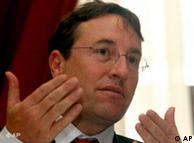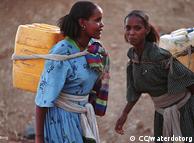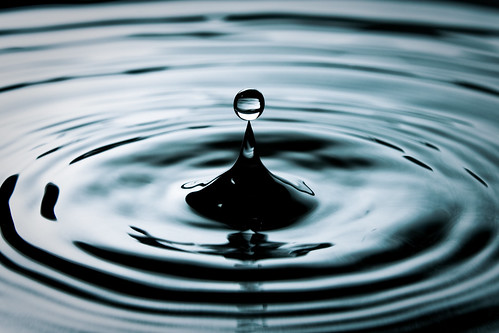Women Most at Risk from Climate Disasters
Women, particularly those living in mountain regions in developing countries, are facing disproportionately high risks to their livelihoods and health from climate change. That is the result from a new report entiteled “Women at the Frontline of Climate Change: Gender Risks and Hopes.“ The report has been released at the UN Climate Change Conference (COP17) in Durban by the United Nations Environment Programme (UNEP).
Investing in low carbon, resource efficient green technologies, water harvesting and fuel wood alternatives can strengthen climate change adaptation and improve women’s livelihoods, says the report. In parts of Asia and Africa, where the majority of the agricultural workforce are female, the impacts of such disasters have a major impact on women’s income, food security and health.

Achim Steiner, United Nations Environment Programme (UNEP)
“Women often play a stronger role than men in the management of ecosystem services and food security. Hence, sustainable adaptation must focus on gender and the role of women if it is to become successful”, said UN Under-Secretary General and UNEP Executive Director, Achim Steiner. “Women’s voices, responsibilities and knowledge on the environment and the challenges they face will need to be made a central part of Governments’ adaptive responses to a rapidly changing climate.” According to the report, women in communities vulnerable to climate change are often more likely than men to lose their lives during natural disasters, due to poor access to coping strategies such as basic lifesaving skills or cultural factors that restrict the mobility of women.
More on that issue on ideasforacoolerworld.org/en







